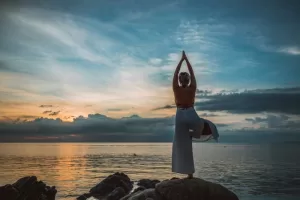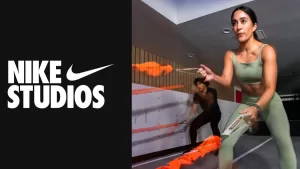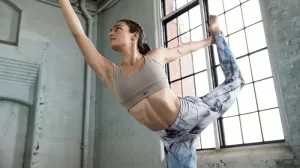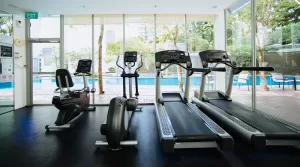Running Outfits Every Runner Should Have
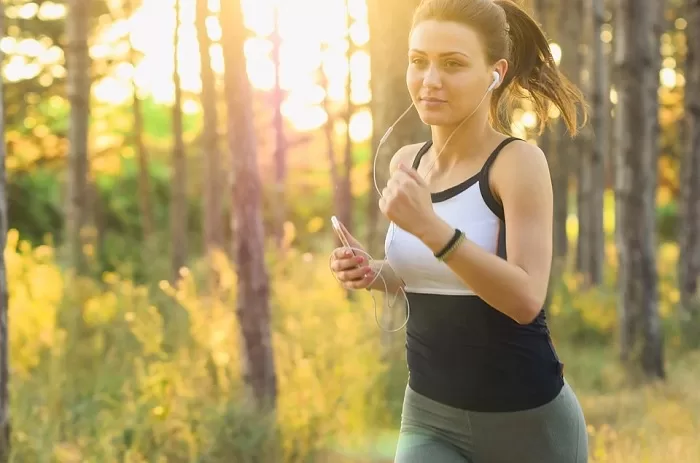
From choosing the best safety accessories, tees to shoes, the right fitness gear can up the game of both the beginner and trained runner. Small gear upgrades can allow the runner to focus more on logging miles. If you are thinking of starting to run or are in need of old gear upgrades, here is an abundance of modern running outfits to consider.
Runner Shoes
Choosing the best runner shoes can be tricky, particularly because there is no one-size-fits-all for all athletes. The best running shoes, whether for fitness or athletics are dictated by many factors. Starters, for instance, may prefer the more cushioned and structured shoes, while those looking forward to evening jogs might choose the more accommodative fit.
Begin by factoring in your weight, the length and width of your feet, your gait, as well as, your arch height before making a pick. Also, it is worth noting that the type of shoe you purchase will be influenced by your fitness level and type of sport. What type of running will you be involved in? Will it be road running, cross training or trail running?
Make sure that the shoe you purchase fits you comfortably, is perfect for your gait and gives you the right cushioning underfoot. There are plenty of factors that make a running shoe perfect for any athlete. For instance, high quality shoes should come with adequate stitching for longevity and technical fabrics for breathability.
Running Tights
If you are looking to be a serious runner, then you need to think about purchasing a good pair of running leggings. The simple goal of running tights is to help you focus on your activity and not be distracted by your apparel. More so, you want to have minimal drag during your activity, something that is made possible by tights. Wearing loose fitting gear could easily hinder your performance as a result of attracting pockets of wind.
The elasticity present in running tights prevents the loosening of your gear as you train, as well as, wind chill. It is worth noting that the leggings should also not be restrictive but comfortable. How do the seams fall on your legs when you wear them? These should flow smoothly against the skin to ensure that you do not experience chafing or irritation. When shopping for fitness training leggings, there are several factors to keep in mind.
One is reflectivity. Be sure that what you purchase will keep you visible, especially if you plan to run at night. A zippered key pocket is also worth considering. This will make it possible for you to keep your gear secured while you run. The leggings should also feature a waistband. You want to be sure that the outfit will stay in place. While some will prefer spandex for support, others choose one with a drawstring to adjust tightness. Your climate should also be a determining factor. If you live in a cold environment, look for full-length tights and choose capris for warmer climate.
Shirt
The choice of athletics shirt you choose will depend on 2 elements, including the weather and your training sessions. If you will be training in hot weather, go for a short-sleeved running shirt. The shirt should come with perspiration wicking properties and keep you dry during your running activity. In cold weather, you will need more covering to ensure that you stay warm.
This is, however, not to mean that you should wear an uncomfortable shirt that compromises on breathability. Also, as a rule of thumb, when it comes to material, you want to avoid 100 percent cotton. Pure cotton tends to soak up sweat, leading to an uncomfortable and unpleasant run. You are also likely to feel overheated in a cotton shirt. Alternatively, you could look for cotton blended with other materials, such as polyester and nylon. Technical shirts are the best despite pricier, in terms of comfort and breathability.
They tend to last longer, do not chafe the skin and contribute to good performance. If you plan on running in the morning or late evening when visibility is low, look for the more reflective shirts. For hot weather, a fabric with UV protection is recommended. Consider buying different styles to give yourself the opportunity to determine one that works best for you.
Jacket
A quality running jacket is always a worth investment for every runner. While it should protect you from showers and wind, it should be breathable and sweat wicking to ensure you do not overheat. Like every other running gear, your jacket must be comfortable. Be sure that the jacket you choose is waterproof to keep out rain from soaking you. Waterproof running jackets in most cases have taped seams to prevent water from sipping in.
You could also consider purchasing a showerproof jacket. This one is light and breathable and handles light rain. In cold weather, opt for the insulated jacket. This one is built to keep the body warm without overheating. While they may not be overly waterproof, they are created with a touch of water resistance. Some of the features to look out for when purchasing your jacket include:
• Hood: Some jackets have no hoods, while others come with detachable ones. If you plan on running in a windy environment, for instance, you may want to choose a roll-up hood.
• Visibility: Bad weather, such as when it is rainy can often mean poor lighting. In that case, you want to choose a jacket built with a reflective material.
• Vents: Even the best quality fabric can be overwhelmed in strenuous training. For your showerproof jacket, be sure that mesh ventilation is present and your waterproof jacket comes with a zip under the arms.
The jacket you choose will be largely dictated by the weather conditions, the length of the run, and the individual taste of the runner.
These are just some of the running outfits every runner should have. When making your pick, be guided by your personal preferences, and then follow the weather and the temperature as your secondary factors. Remember, a good run or training session will be determined by the gear you choose to wear.












